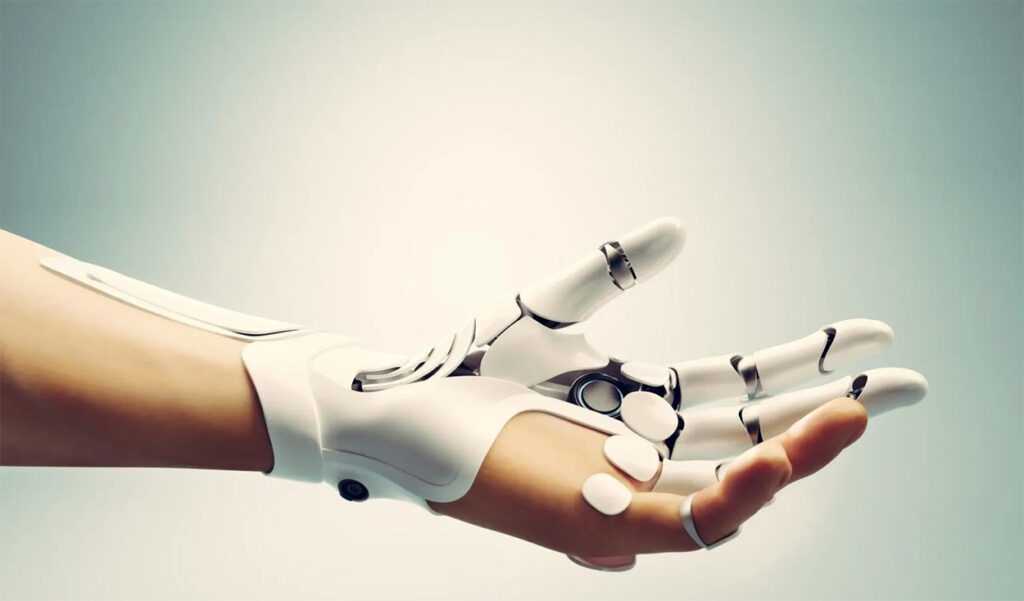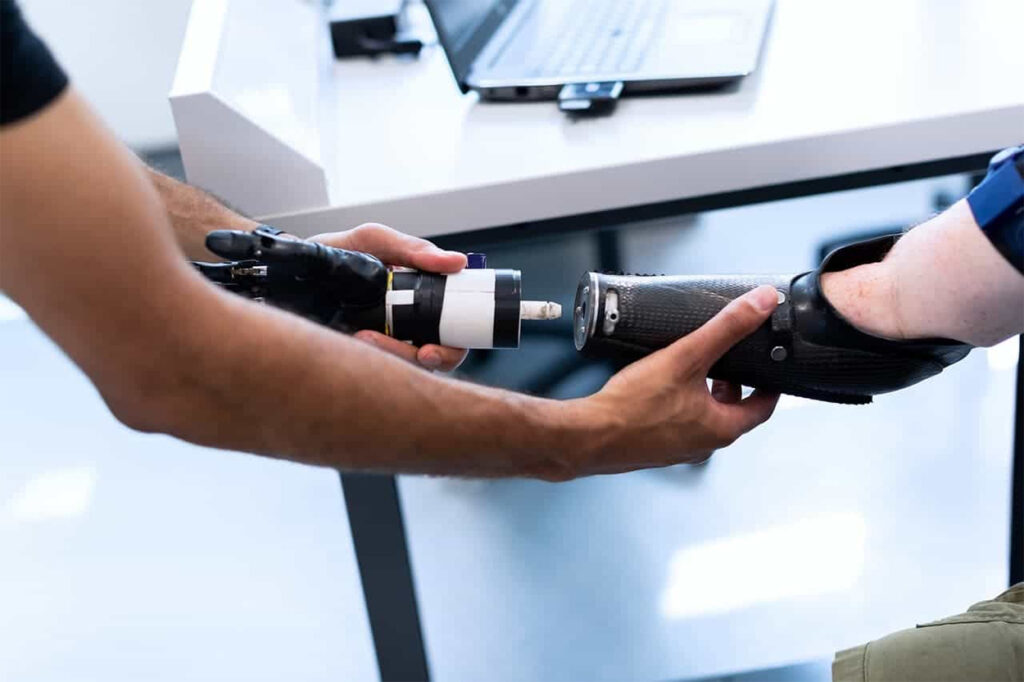Breakthrough in Prosthetics: Using Optical Electrodes to Create Prosthetics and Brain-Machine Interfaces
Many research teams from several countries focus on medical technology to help people with various disabilities. Creating user-friendly, flexible, and more tactile prosthetics is just one of the foci of several kinds of research. The researchers want to find a way to make the prosthetics less cumbersome and physically resemble the impaired appendage.
Using light to measure neural activity
Australia’s University of New South Wales (UNSW) in Sydney, recently announced that its multidisciplinary team of electrical and biomedical engineers discovered a way to measure neural activity with light rather than electricity. Their discovery could lead to the complete recreation of medical technology like nerve-operated prosthetics and brain-machine interfaces.
UNSW’s School of Electrical Engineering and Telecommunications professor, François Ladouceur, explained that the multidisciplinary team developed sensors using integrated optics technology and liquid crystal, called optrodes, which can detect nerve impulses in a live animal body. The team has been working on the project since the pandemic’s start.
Professor Ladouceur further explained that optrodes perform as well as conventional electrodes. However, conventional electrodes use electricity to detect nerve impulses. On the other hand, the optrodes address controversial and problematic issues that other technologies cannot handle.
For example, it is difficult to shrink conventional electrodes to the size that enables thousands of electrodes to connect to thousands of nerves in a tiny area of biological tissue. Shrinking and putting together thousands of tiny electrodes to connect to biological tissue increases their individual resistance and degrades the signal-to-noise ratio. Thus, reading their signal becomes difficult. Likewise, they affect each other (crosstalk) because of their closeness.
On the other hand, optrodes detect neural signals into light instead of electricity. Therefore, they minimize crosstalk and eliminate impedance mismatch.
The professor added that optrodes could be used to develop prosthetics in the future, visualizing that they would mimic the functions of the body parts they would replace. Likewise, the team discovered that they could turn nerve impulses into light, leading to scalable and better brain implants.
Live demonstration
The team demonstrated how their optrodes work—that they could accurately measure neural impulses as they move on a living animal’s nerve fiber. They connected an optrode to an anesthetized animal’s sciatic nerve, which was later stimulated by a small current. The optrode recorded the neural signals. To compare results, they also did the same using a conventional electrode with a bioamplier. The demonstration showed that the nerve responses were the same. However, Prof. Ladouceur admitted that there is still noise in their system, but he said it is expected, considering their discovery is a new technology. They will work to eliminate or at least minimize the noise.
Next steps
The team showed that optrode technology could register the weak nerve impulses measured in microvolts. Their next step is increasing the number of optrodes to handle the complex excitable and nervous tissue networks.
At the beginning of the project, the professor revealed that team members thought about the number of neural connections a person need to use a hand delicately. What they mean is this:
- Picking up an item
- Judging the right friction
- Applying the right pressure to hold the item
- Precisely moving the item from point A to B
- Choosing the pacing (fast or slow)
These subsequent actions are automatic. But behind the action, the body and brain use about 5,000 to 10,000 connections (nerves) to control the hand’s movement.

With this fact, the team thinks that if there is a chip using optical connections that could connect to the brain or a specific location in the arm before the nerve bundle separates, it is possible to develop a prosthetic hand that could replicate the functions of a biological hand. Prof. Ladouceur said that is their future goal. However, it will still take several years of study, as they need to create optrodes with the bidirectional capability to interpret the signals from the brain and receive neural impulses back to the brain. But they are optimistic and said the team is already working on bidirectional technology and announced that it could be the next subject of their report.
Aside from neural prosthetics, the UNSW multidisciplinary team dreams of integrating machinery and technology to repair or enhance the human body. For example, there are tracking devices for continuous biofeedback, smartwatches, cardiac defibrillators, pacemakers, and Cochlear implants.
What most neuroscience and biomedical engineering researchers want to achieve is to create a brain-machine interface. They want to connect the brain not only to the entire body but also to the world.
Elon Musk and other investors established Neuralink to create brain-computer interfaces to help people with paralysis. Further, Neuralink plans to integrate AI into people’s brain activities. However, they use conventional wire electrodes, which would be problematic when creating devices with millions of connections.
Using wire electrodes is not impossible, but optrodes are more effective in biosensing as they operate in the optical domain.
